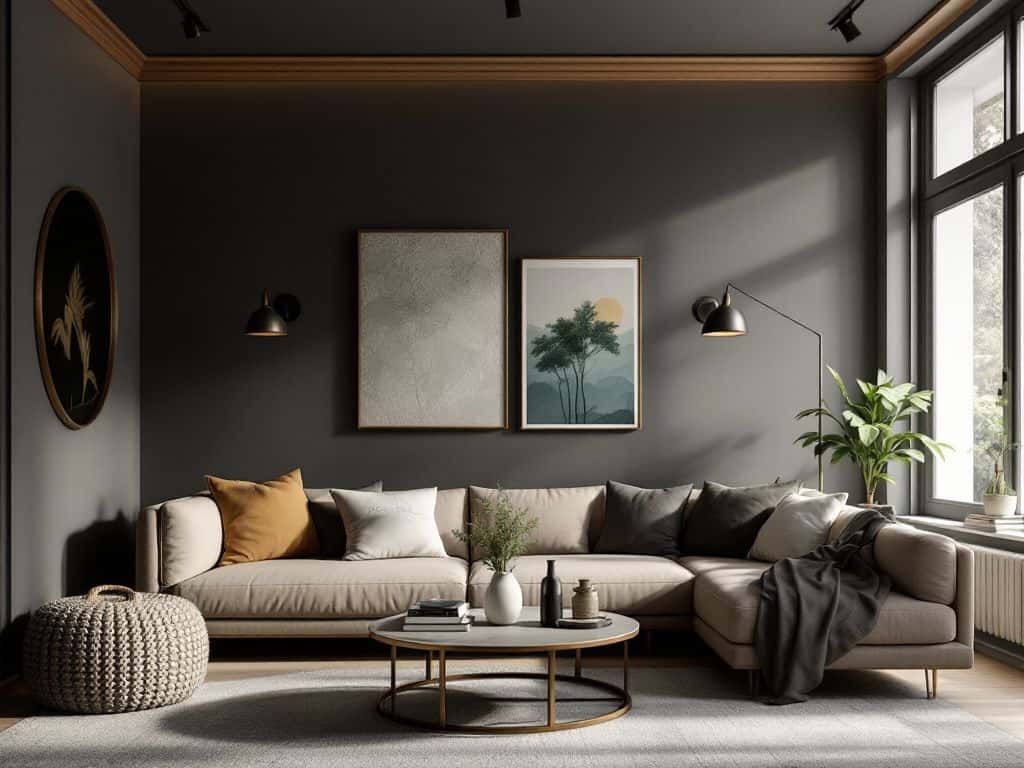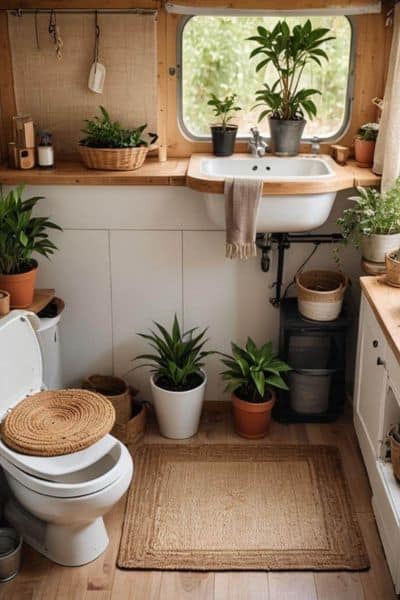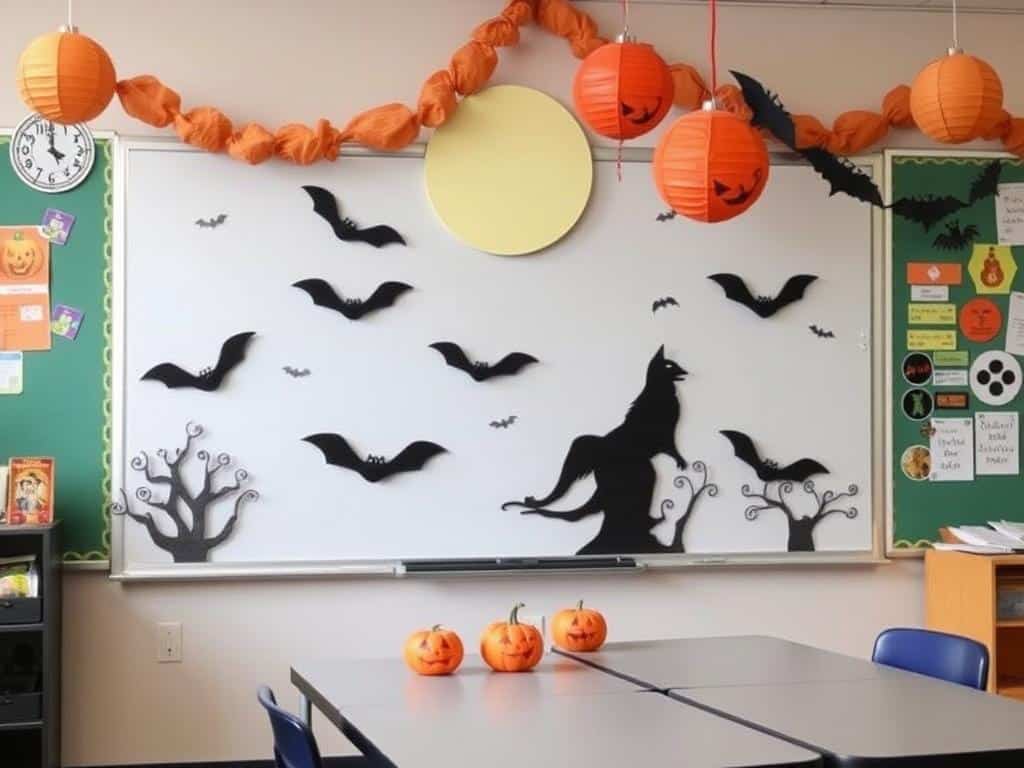Do you feel like your small living room is too cramped or cluttered? With a few thoughtful design choices, you can transform it into an open, airy, and inviting space. Whether you’re dealing with limited square footage or awkward layouts, these 11 tips will help make your small living room look bigger and brighter.
1. Use Light, Neutral Colors

One of the simplest ways to make a small room feel larger is by choosing a light color palette. Lighter shades reflect more light, which in turn makes the room feel open and spacious.
Why Light Colors Work:
- Reflect more light: Light colors—such as white, soft gray, and light beige—create an open and airy feel by reflecting both natural and artificial light.
- Reduce visual clutter: A unified color palette helps the eye flow across the room without interruption, making it feel larger.
Pro Tip: To make the room even more cohesive, use light tones on walls, furniture, and floors.
| Light Color Palette Ideas | Application |
|---|---|
| Soft whites | Walls |
| Pale grays | Furniture |
| Light wood or cream rugs | Flooring |
2. Maximize Natural Light

Natural light instantly makes a room feel larger. If your small living room has access to sunlight, make the most of it by keeping windows as clear as possible.
Ways to Maximize Light:
- Use sheer curtains or no curtains at all to let sunlight in.
- Position mirrors opposite windows to reflect light around the room.
- Avoid dark or heavy window treatments that block light.
Pro Tip: If natural light is scarce, use floor lamps, table lamps, or wall sconces to mimic daylight and brighten up darker corners.
3. Choose Multi-Functional Furniture

In small living spaces, furniture needs to do more than just one job. Opt for multi-functional pieces that can provide extra storage or seating without overwhelming the space.
Examples of Multi-Functional Furniture:
- Sofa beds or sectionals with hidden storage: Great for hosting guests without cluttering the room.
- Ottomans with storage: Serve as extra seating, a coffee table, and storage for blankets or magazines.
- Nesting tables: Stackable when not in use, providing extra surface area when needed.
Pro Tip: When choosing furniture, opt for pieces with slim legs to keep the floor visible, creating the illusion of more space.
4. Incorporate Mirrors

Mirrors are a fantastic tool for creating the illusion of space. A large mirror can make a small room feel twice its size by reflecting light and views, thus creating depth.
Where to Place Mirrors:
- Directly across from windows to maximize natural light reflection.
- Behind or above furniture to elongate the room visually.
- As a gallery wall of smaller mirrors to reflect multiple angles of the room.
Pro Tip: The bigger the mirror, the greater the impact! Don’t be afraid to use oversized mirrors in small spaces.
5. Opt for Vertical Storage Solutions

When floor space is limited, look upward. Vertical storage helps free up precious ground space and organizes your living room efficiently.
Vertical Storage Ideas:
- Floating shelves: Use them to display books, photos, and plants without taking up floor space.
- Tall bookcases or storage units: Draw the eye upward, creating the illusion of height in the room.
- Wall-mounted cabinets: Store items like electronics, remotes, and cables while keeping the floor clear.
Pro Tip: Vertical storage encourages an organized, clutter-free environment, making any room feel larger.
6. Choose the Right Size Furniture
In small rooms, oversized furniture can overwhelm the space and make it feel cramped. Scale your furniture to fit the room’s size.
Furniture Sizing Tips:
- Opt for smaller-scale sofas or sectionals: Choose designs with slim arms and legs to maintain an open, airy feeling.
- Avoid bulky armchairs: Go for sleek, modern pieces with clean lines that don’t take up too much space.
- Choose lower-profile furniture: Low-back sofas or chairs make ceilings appear taller, adding to the sense of openness.
Pro Tip: Use glass or acrylic furniture, like coffee tables or side tables, which take up less visual space and keep the room looking open.
7. Create a Focal Point

A strong focal point can organize your living room visually and prevent it from feeling cluttered. Without a focal point, a small room can feel disjointed.
How to Create a Focal Point:
- Highlight an architectural feature like a fireplace or a large window.
- Use bold artwork or a statement mirror to draw the eye to one area of the room.
- Accent walls: Paint one wall in a different (light) color or use wallpaper with a subtle pattern to create depth.
Pro Tip: Keep the rest of the room minimal so that the focal point stands out and doesn’t compete with other elements.
8. Minimize Clutter

Clutter makes any room feel smaller. A clutter-free environment opens up the space, creating a more serene and expansive atmosphere.
Decluttering Tips:
- Keep surfaces clean: Avoid filling every surface with decor. Instead, opt for just a few key pieces.
- Use hidden storage: Store items like blankets, books, or electronics in storage ottomans or built-in cabinets.
- Organize cables: Use cord organizers or tuck wires behind furniture to eliminate visual clutter.
Pro Tip: Follow the “one in, one out” rule: For every new item you bring into your living room, remove something else.
9. Use Low-Profile Furniture
Low-profile furniture sits lower to the ground, helping create the illusion of taller ceilings and a more expansive room. This trick works well in spaces where you want to maximize vertical space.
Best Low-Profile Furniture:
- Low-back sofas: Perfect for creating an airy, open look while maintaining comfort.
- Low-slung armchairs: Great for keeping sightlines clear without obstructing the space.
Pro Tip: Avoid high, bulky furniture that cuts the room in half visually.
10. Use Rugs to Define Zones
Even in small spaces, rugs can help define separate areas, making the room feel organized and larger. A properly placed rug can create boundaries without using walls.
Rug Tips:
- Use a large area rug: A bigger rug makes the room feel cohesive and draws the eye across the entire space.
- Light or neutral-colored rugs: Keep the colors light to reflect light and maintain the spacious feeling.
Pro Tip: Choose a rug that leaves about 12-18 inches of bare floor around the edges for a balanced look.
11. Hang Curtains Higher

Hanging your curtains closer to the ceiling rather than just above the window frame can make the walls appear taller and the room more expansive.
Curtain Hanging Tips:
- Install curtain rods high: Place them near the ceiling and let the curtains drape down to the floor to create the illusion of height.
- Use long, flowing curtains: Avoid short or choppy curtains, which can make the space feel cut off.
Pro Tip: Make sure the curtains are wide enough to cover the window completely, but also open up fully during the day to let in as much light as possible.
Conclusion
By implementing these 11 tips, you can transform your small living room into a space that feels much larger, brighter, and more welcoming.
Whether it’s maximizing natural light, using mirrors strategically, or choosing the right-sized furniture, these design tricks can help create the illusion of a bigger room without needing to knock down any walls. Ready to get started?
Try these ideas and watch your small living room grow in size and comfort!
I’m Anastasios Moulios, co-founder of DIY Cozy Living. I enjoy finding creative, practical ways to make small spaces feel warm, stylish, and lived-in — whether it’s a camper, a backyard, or a cozy room inside. I started this blog with Katerina to share real ideas that make home feel a little more personal and a lot more comfortable.



